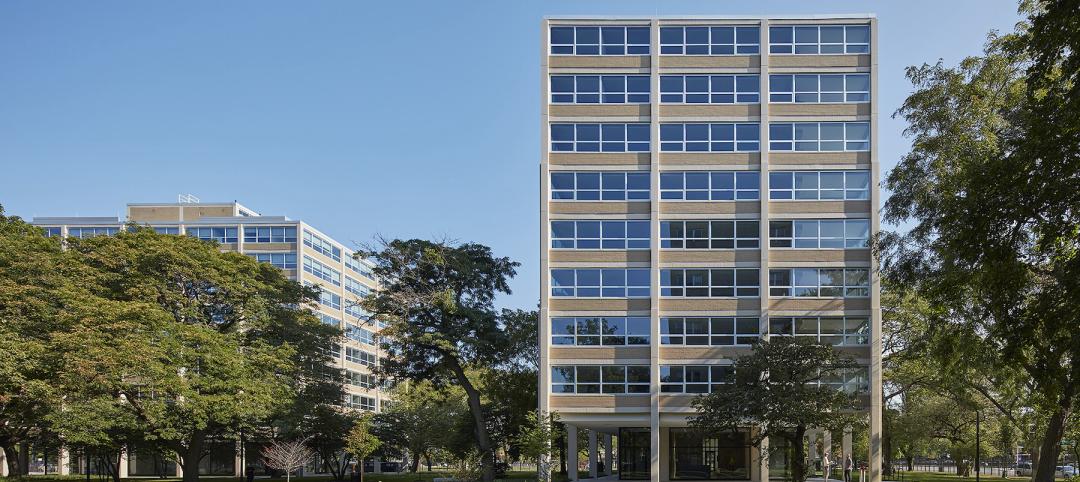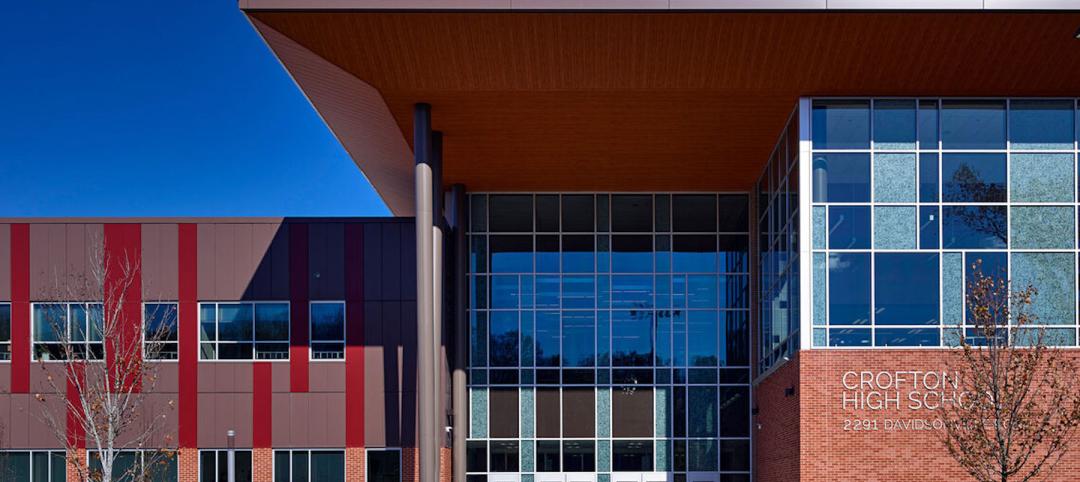The Southern Forest Products Association (SFPA) does not test lumber or establish design values. SFPA markets lumber products and helps users understand Southern Pine grading rules and design values. “Our objective is to provide information helpful to our member producers and their customers,” said SFPA president Adrian Blocker. “We feel a summary of the process used to develop new design values will clarify many of the questions we have received.”
Design values for structural lumber go through a rigorous, step-by-step process, including development by the appropriate rules-writing agency (such as the Southern Pine Inspection Bureau (SPIB) for Southern Pine), approval by the American Lumber Standard Committee (ALSC) Board of Review, and adoption into the building codes by the International Codes Council.
- ALSC provides the basis for design value acceptance. ALSC serves as the standing committee for the American Softwood Lumber Standard, Voluntary Product Standard PS 20, developed in accordance with U.S. Department of Commerce procedures. ALSC administers the American Lumber Standard system which provides the basis for acceptance of lumber and design values for lumber by the building codes throughout the U.S. The last major change for visually graded dimension lumber occurred in 1991 when design values for Southern Pine and other North American species were published based on In-Grade testing of full-size samples of commercially produced lumber.
- The resource is monitored by rules-writing agencies. Since 1994, the Southern Pine Inspection Bureau (SPIB) has conducted an annual resource monitoring program developed in collaboration with the U.S. Forest Products Laboratory (FPL).
- Possible resource changes are detected. During 17 years of resource monitoring by SPIB, the level established to trigger additional testing was never reached. However, overall trends in the annual test data suggested a possible shift in the raw material resource or product mix. These trends, along with anecdotal external information, prompted SPIB to conduct an enhanced testing program.
- Sampling and testing plans are approved by the ALSC Board of Review. SPIB’s Special Procedures for Monitoring Southern Pine Design Values plan was approved on November 18, 2010.
- Testing and data analysis is conducted by rules-writing agencies. SPIB partnered with Timber Products Inspection to sample No.2 2x4 test specimens according to the approved plan. SPIB and Timber Products conducted destructive tests in bending and tension, plus gathered stiffness and property data, all in accordance with ASTM International standards. SPIB performed the data analysis, also in conformance with ASTM standards. The SPIB Board of Governors studied the results and considered all options, including the possibility of modifying SPIB’s Standard Grading Rules for Southern Pine Lumber to cull out the lowest strength pieces. The conclusion reached was that the test results did not support such a grading rule change. Instead, the SPIB Board of Governors concluded the appropriate outcome was to propose new design values for all grades and sizes of visually graded Southern Pine dimension lumber. Moving forward, the SPIB Board of Governors committed to the completion of the full In-Grade testing matrix by testing Select Structural 2x4s, No.2 and Select Structural 2x8s, and No.2 and Select Structural 2x10s. SPIB and Timber Products will conduct destructive tests in bending, tension and compression, plus gather stiffness and property data. Testing is scheduled to be completed by Spring 2012.
- Proposed new design values are submitted to the ALSC Board of Review by rules-writing agencies. SPIB was the first agency to submit proposed new design values. The National Lumber Grading Authority has submitted its monitoring data. All other rules-writing agencies are immediately undertaking evaluation of their resources and have submitted sampling and testing plans for their species to the ALSC Board of Review.
- Technical review is performed by the U.S. Forest Products Laboratory at the request of the ALSC Board of Review.
- New design values are approved by the ALSC Board of Review. The ALSC Board of Review will review information involving design values for all species at its next meeting, scheduled for October 20, 2011. New design values for Southern Pine could be approved at that meeting. Or, the ALSC Board of Review may decide additional information, such as the results from SPIB’s full In-Grade matrix testing, is needed before granting final approval.
- New design values are published by rules-writing agencies. SPIB will publish new design values for visually graded Southern Pine dimension lumber upon approval by the ALSC Board of Review.
- New design values are incorporated into the building codes by reference through the National Design Specification® (NDS®). The American Wood Council (AWC) will update the NDS Design Value Supplement, a compendium of approved lumber design values published by rules-writing agencies. In addition, AWC will update the Wood Frame Construction Manual (WFCM) which references the NDS supplement for development of prescriptive designs. AWC will submit new span and application tables to the International Codes Council, as well as propose other code and standard changes needed to incorporate new design values into the building codes.
State and local code jurisdictions determine adoption and enforcement timelines. Rules-writing agencies are responsible for making new design values publically available upon approval by the ALSC Board of Review. SFPA and AWC will assist by providing the new information to the design, specification, user, and enforcement communities. It is then the responsibility of building code jurisdictions to determine how and when to begin enforcement.
“SFPA is the marketing organization that communicates new design value information with key customer groups and allied industry organizations,” said Blocker. “Many in the construction industry, including SFPA, support an orderly and logical transition for achieving a timely changeover to new design values while avoiding project stoppages or delays. BD+C
Related Stories
Giants 400 | Aug 19, 2022
2022 Giants 400 Report: Tracking the nation's largest architecture, engineering, and construction firms
Now 46 years running, Building Design+Construction's 2022 Giants 400 Report rankings the largest architecture, engineering, and construction firms in the U.S. This year a record 519 AEC firms participated in BD+C's Giants 400 report. The final report includes more than 130 rankings across 25 building sectors and specialty categories.
| Aug 19, 2022
Cuningham appoints Jacqueline Dompe as new Chief Executive Officer
Cuningham, a national design firm, is thrilled to announce the appointment of Jacqueline Dompe as the firm’s Chief Executive Officer (CEO).
| Aug 19, 2022
Future sea rise could expose 720,000 more people on East Coast to flooding
An analysis by NPR based on modeling from the National Hurricane Center for New York City, Washington, D.C., and Miami-Dade County found future sea rise could expose about 720,000 more people to damaging floods later this century.
| Aug 19, 2022
Manassas Museum renovated to reimagine a civic design & engage the community
Manassas, VA has recently added to its historic Manassas Museum.
Architects | Aug 18, 2022
GSA names Charles Hardy, AIA, CCM, Chief Architect at GSA Public Buildings Service
The U.S. General Services Administration (GSA) has named Charles (Chuck) Hardy as GSA’s next Chief Architect, effective August 14, 2022. A licensed architect, workplace strategist, and certified construction manager, Hardy’s career with GSA spans more than 31 years, beginning in GSA’s Great Lakes Region as an architect and project manager.
| Aug 18, 2022
U.S. Treasury moves to boost affordable housing
The Department of the Treasury recently announced new guidance to “increase the ability of state, local, and tribal governments to use American Rescue Plan (ARP) funds to boost the supply of affordable housing in their communities,” according to a news release.
Daylighting | Aug 18, 2022
Lisa Heschong on 'Thermal and Visual Delight in Architecture'
Lisa Heschong, FIES, discusses her books, "Thermal Delight in Architecture" and "Visual Delight in Architecture," with BD+C's Rob Cassidy.
| Aug 18, 2022
The Illinois Institute of Technology restores three Mies van der Rohe buildings
With Dirk Denison Architects and Gilbane Building Company, the Illinois Institute of Technology has recently completed a $70 million housing project that has restored three Ludwig Mies van der Rohe buildings.
Multifamily Housing | Aug 17, 2022
California strip mall goes multifamily residential
Tiny Tim Plaza started out as a gas station and a dozen or so stores. Now it’s a thriving mixed-use community, minus the gas station.
| Aug 17, 2022
Focusing on building envelope design and commissioning
Building envelope design is constantly evolving as new products and assemblies are developed.

















